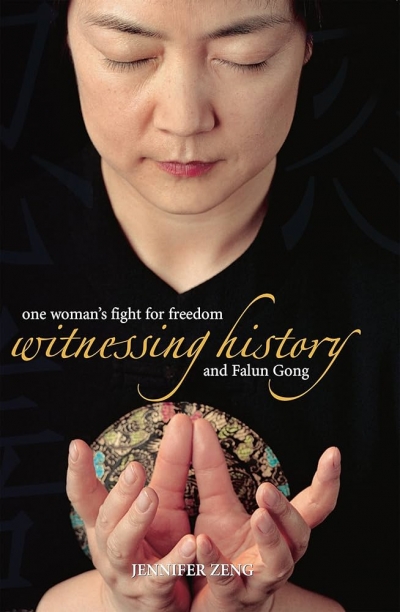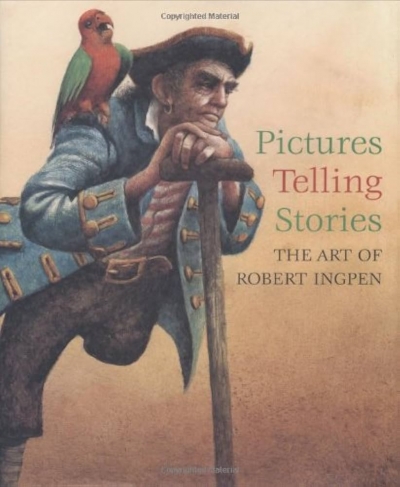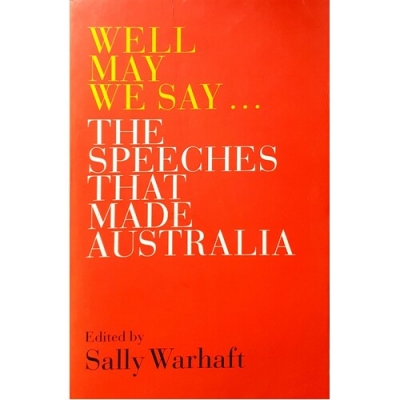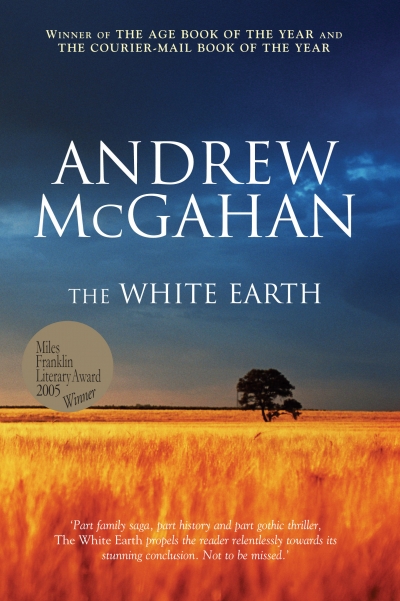Allen & Unwin
The Running Man by Michael Gerard Butler & By The River by Steven Herrick
by Michael Shuttleworth •
The authors of these four books use a narrative device common to much fantasy fiction: the notion of quest. Sometimes that quest requires a physical journey, and sometimes it involves searching for something closer to home, but the very process is almost invariably life-changing for the characters involved.
... (read more)Witnessing History: One woman’s fight for freedom and Falun Gong by Jennifer Zeng
by Helene Chung Martin •
Pictures Telling Stories by Robert Ingpen and Sarah Mayor Cox & Illustrating Children's Books by Martin Salisbury
by Margaret Robson Kett •
Well May We Say edited by Sally Warhaft & Speaking for Australia by Rod Kemp and Marion Stanton
by James Curran •
Sybil’s Cave by Catherine Padmore & The Submerged Cathedral by Charlotte Wood
by Anna Goldsworthy •









